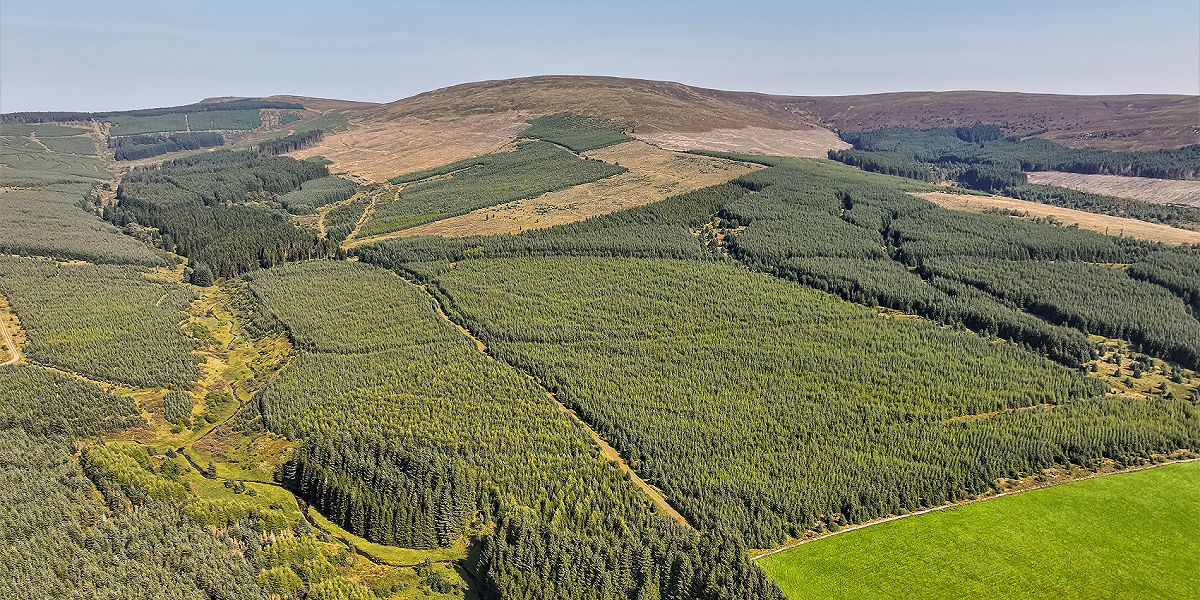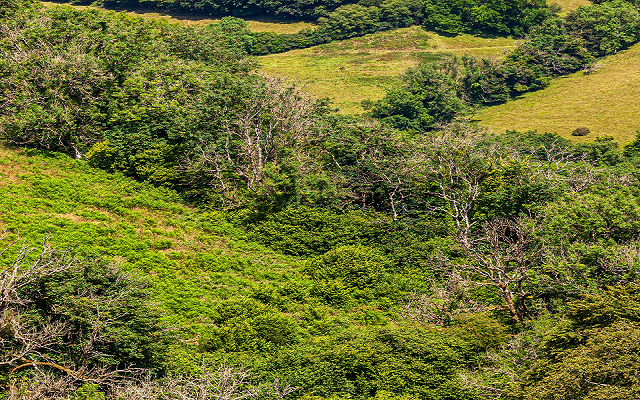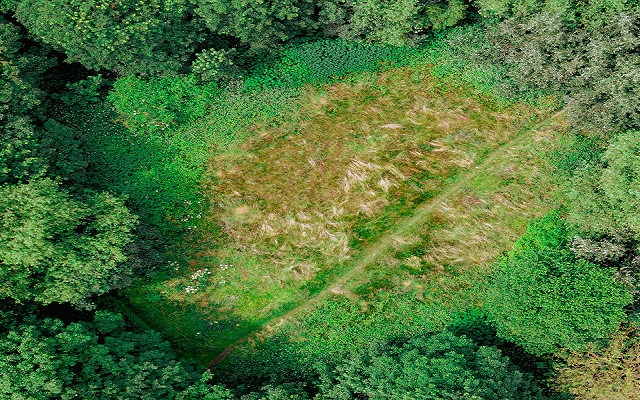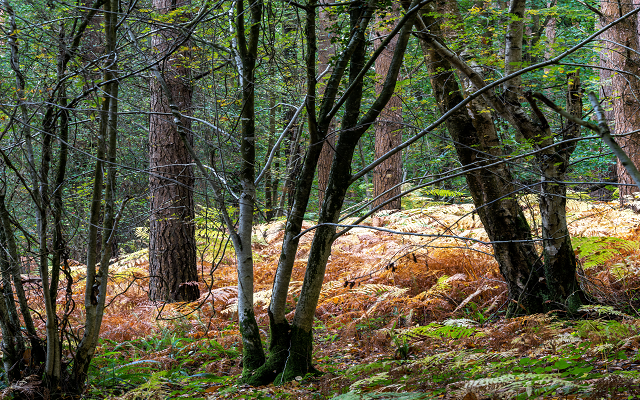Commercial forestry transactions shrink, but values holding
Activity in the commercial forestry market in Great Britain has slowed during the first nine months of 2023, with the amount of land traded significantly down on levels seen during 2021 and 2022.
According to John Clegg & Co’s interim Forest Market Review 2023, the amount of forestry land sold so far this year totals 2,300 hectares, which is 80% lower than in 2022. Most of the activity has been in Scotland (as is usual).
The average selling price was £21,900/stocked hectare which is 6% higher than in 2022 (£20,800/stocked ha), although below 2021’s record levels (£26,600/stocked ha).
“A key trend is that sales volumes have been at record low levels in recent months,” says Simon Hart, Head of Forestry in Scotland for John Clegg & Co. “Although our analysis points to average prices having crept up slightly, that comes with the caveat that the data set is very small and is affected by differences in the size, age and quality of forests sold between years. A more realistic assessment is that values are generally 10-20% lower than they were at the peak of the market, but still more than double what they were in 2018.”
Mr Hart says greater caution does seem to have crept into the commercial forestry market than there was 18 months ago. “Lower timber prices, higher interest rates and continued economic uncertainty mean that forestry investors are looking for greater returns on capital, and that means they are looking to pay lower prices for the asset.
“The correlation between lower timber prices and lower property values is particularly pronounced. When timber prices spiked during the Covid-19 pandemic, so did plantation prices. As timber prices have eased, so too have commercial forestry values.”
Average selling price of commercial forests per stocked hectare and Forestry Commission coniferous standing timber index
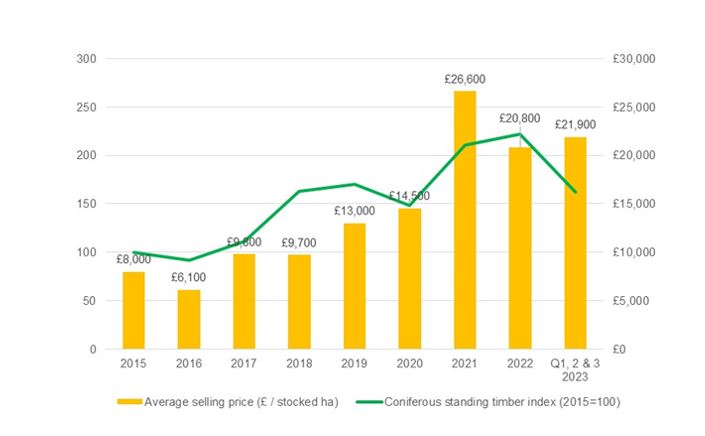
However, while demand has weakened slightly, John Clegg & Co says there remains a surplus of capital looking for the right investment opportunities. This is shown by the fact that 69% of the forests sold in 2023 to date sold within six months of marketing, which is more than during 2022 when the market was more active.
Alex Brearley, Head of Forestry for John Clegg & Co, says supply has been lower as most forestry investors have no debt and are willing to take a long-term view. “This means when values fall, they can hold their investment and are under no pressure to sell.
“While the John Clegg & Co data set contains only those off-market transactions we are aware of, the feeling among most forestry agents is that much less has sold privately in 2023 than in recent years.”
Looking ahead, global timber demand is expected to more than double by 2050, as the construction industry increasingly looks to wood as a way of decarbonising. “We remain confident about timber prices in the longer term and consequently commercial forestry values,” says Mr Brearley. “Provided there are no major shocks to the economy, we expect steadily rising woodland values over the long term.”
A more detailed analysis of the commercial forestry market in 2023 will be published in March 2024.
The Forest Market Review is based on completed sales of commercial forestry properties, so predominantly conifer, of 20 hectares or more in Great Britain which have been publicly or privately marketed in the calendar year.
If you would like to discuss the findings in more detail, contact Simon Hart or Alex Brearley.
